Banyo Local Heritage Place Trail
Did you know there is a heritage trail right on your doorstep at Summerlin Banyo? This specially curated trail takes you on a journey past some of the most significant heritage places in the Banyo and Nudgee area, offering a glimpse into the rich cultural tapestry that has shaped the region’s history. Lace up your walking shoes and get ready to embark on a 4.5 km journey that will take approximately 1.5 hours on foot.
You can download the Brisbane City Council guide here.

Stop 1: St Vincent’s Orphanage: A Legacy of Care and Compassion
The trail begins with a visit to St Vincent’s Orphanage, which opened its doors in 1867. Run by the Catholic Order of the Sisters of Mercy for over a century, this institution welcomed not only orphans but also children whose parents could not care for them due to various reasons. The records indicate that around 10,500 children found refuge within its walls until it closed its doors in the late 1970s. St Vincent’s Orphanage stands as a testament to the compassionate care provided to those in need during its long history.
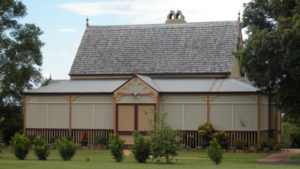 Source: Brisbane City Council
Source: Brisbane City Council
Stop 2: Nudgee Cemetery: The Oldest Surviving Cemetery
Next on the journey is the Nudgee Cemetery, the oldest surviving Catholic-operated burial ground in Brisbane, established in 1867. As you walk through the serene grounds, you will discover the final resting places of notable individuals who played significant roles in shaping the region’s past. The tombstones and memorials here hold tales of families, pioneers, and community figures, offering a somber yet fascinating glimpse into the lives of those who once called this area home.
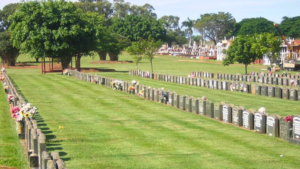 Source: Brisbane City Council
Source: Brisbane City Council
Stop 3: Child’s Residence: A Vineyard Legacy
Moving along the trail, you will encounter the Child’s Residence, built in 1906 for David and Lucy Childs, members of the prominent Childs family who owned a vineyard and winery in the area back in 1866. The Toombul Vineyards, which once occupied the land where the Nudgee Golf Course stands today, are a reminder of the region’s agricultural past and the families that contributed to its growth.
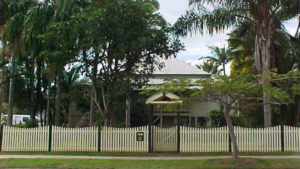 Source: Brisbane City Council
Source: Brisbane City Council
Stop 4: Carew Farmhouse: A Humble Abode
As you continue on, you will come across Carew Cottage, an 1880s timber cottage with a simple and affordable four-room floor plan, typical of the construction style in Brisbane during that period. This charming structure, with its symmetrical facade and curved-roofed front verandah, showcases the architecture prevalent in the late 19th century.
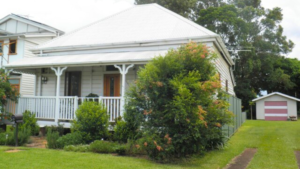 Source: Brisbane City Council
Source: Brisbane City Council
Stop 5: ‘Glendalough’: A Timeless Residence
Built around 1889, ‘Glendalough’ served as the home of Albert Taylor, a carrier businessman from Nudgee. This house is a reminder of the area’s transformation from farmland to residential properties in the 1880s. It stands as a testimony to the changing landscape and urbanisation that shaped the Brisbane region..
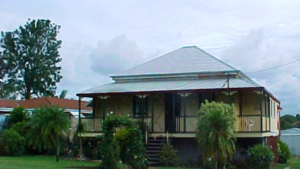 Source: Brisbane City Council
Source: Brisbane City Council